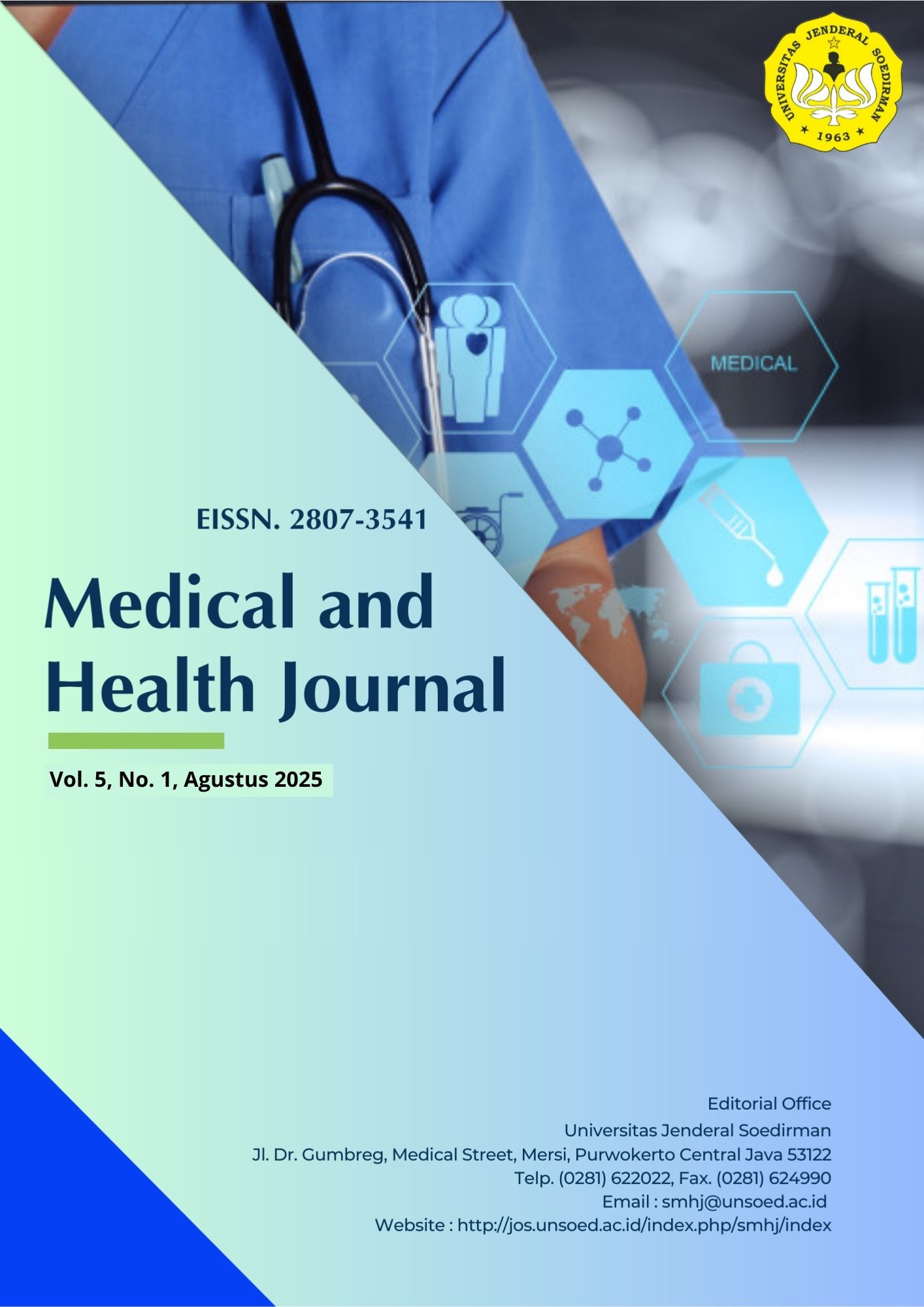Histopathology of Rat (Rattus norvegicus) Lungs in Several Drowning Condition in Freshwater
Abstract
Background: Drowning remains a significant cause of mortality, with complex pathophysiological mechanisms that are often challenging to diagnose. Histopathological examination of the lung is one of the tests that supports the diagnosis of the cause of death and manner of death in drowning cases. Objective: This study aims to analyze the histopathological features of rat lungs drowned in freshwater under conscious, unconscious, and post-mortem conditions. Methods: A descriptive experimental study by dividing the rats into three conditions; conscious, unconscious and post-mortem drowning. The lung tissues collected from the drowned rats, processed, stained with hematoxylin eosin and observed under the microscope. The results stated in descriptive form and scores. Results: In Group 1, alveolar edema (score 2), hemorrhage (score 4), inflammatory cell infiltration (score 2.2), and alveolar thickening (score 2.4) were observed. Group 2 exhibited a similar histopathological pattern to Group 1. Group 3 showed mild alveolar edema (score 1), massive hemorrhage (score 4), extensive inflammatory cell infiltration (score 4), and severe alveolar thickening (score 3). Conclusion: Histopathology of lung tissue of rats that drowned alive showed moderate alveolar edema, massive hemorrhage, moderate inflammatory cell infiltration and moderate alveolar thickening. Rats that drowned unconsciously showed moderate alveolar edema, massive hemorrhage, moderate inflammatory cell infiltration and moderate alveolar thickening. Rats that drowned after death showed minimal alveolar edema, massive hemorrhage, massive inflammatory cell infiltration and severe alveolar thickening.






